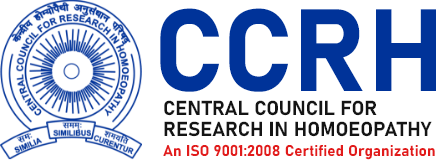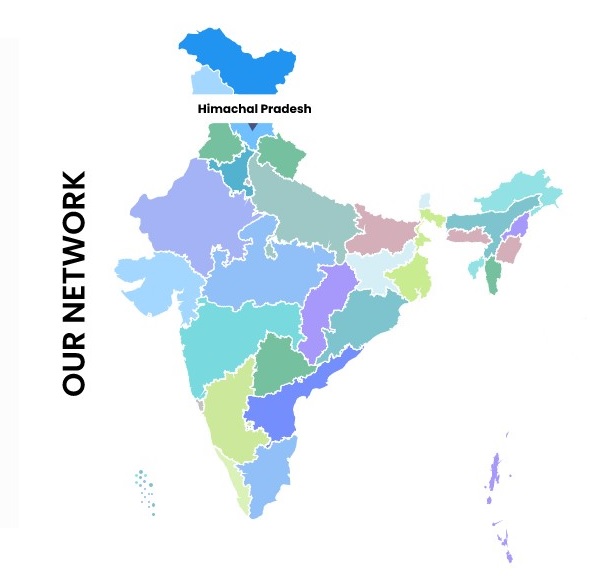- Home
- About Us
- Our Network
- >National Homoeopathy Research Institute
- >Central Research Institute
- >Regional Research Institute
- >Homoeopathic Drug Research Institute
- >Clinical Research Unit
- >Clinical Verification Unit
- >Drug Standardization Unit
- >Drug Proving Unit
- >Centre of Medicinal Plants Research in Homoeopathy
- -Ooty
- >Homoeopathy Treatment Centre
- -Homoeopathic Treatment Centre Safdarjung Hospital, New Delhi
- -Homoeopathic Treatment Centre,lady Hardinge Medical College & Hospital
- -Homoeopathic Treatment Centre,delhi Cantonment Hospital
- -Ayush Wellness Centre,president's Estate
- -Homoeopathic Treatment Centre,national Institute Of Homoeopathy,narela
- -Integrated Ayush Clinic,all India Institute Of Ayurveda
- -Homoeopathic Treatment Centre,supreme Court Of India
- >CCRH Network View
- Research Activities
- Publications
- Recruitment
- Tender
- Media Gallery
- Contact-Us
- Frequently Asked Questions (FAQ)
- E-Library
- Employee Login
- WIM
- Accessibility Option
- Disclaimer
- Site visit data
- Cookies
- Copyright Policy
- Terms & Conditions
- Privacy Policy
- Hyper Linking Policy
- Email management
- Help
- Sitemap
Homoepathy was discovered by a German Physician, Dr. Christian Friedrich Samuel Hahnemann (1755-1843), In the late eighteen century. It is a therapetic systemof medicine premised on the principle,"Similia Similibus Curentur" or 'let likes be treated by likes'. It is a method of treatment for curring the patient by medicines that posses the power of producing similar symptoms in a human being simulating the natural disease, which it can cure in the diseased person, It treates the patients not only through holistic approach but also considers individuaistic characteristics of the person. This concepts of 'Law of Similars' was also enuncaited by Hippocrates and Paracelsus, but Dr. Hahnemann established it on a scientific footing despite the fact that he lived in an age when modern laboratory methods were almost unknown.







.png)

.png)





